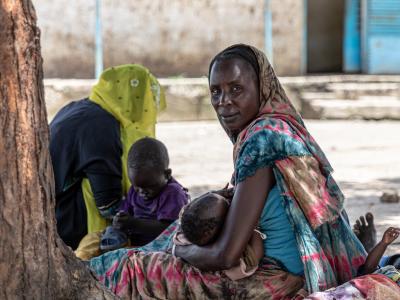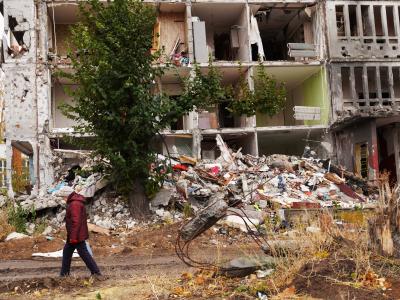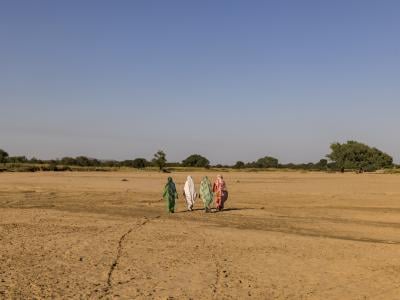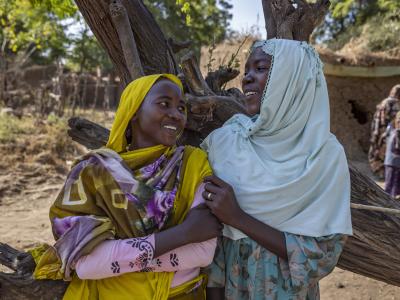Global financial needs amount to $481 million (-8% vs 2024 current budget)
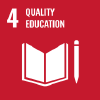
UNHCR is committed to ensuring that children who are forced to flee do not mean miss out on schooling. However, most refugee children are not in school. In 2025, we will aim to provide inclusive, equitable and sustainable education for refugees, ensuring that children caught up in new emergencies can return to school as soon as possible, and working to promote refugee children’s inclusion in national education systems. UNHCR is also pursuing the “15by30” goal: to get 15% of refugee youth into university by 2030.
Core Outcome Indicators

Proportion of young people enrolled
in tertiary and higher education

Proportion of children and young people
enrolled in the national education system
Core Output Indicators

Number of people who benefitted from education programming*
2024 Mid-year progress: 1.32 million
*64 country operations reporting
Financial overview

